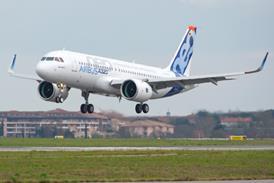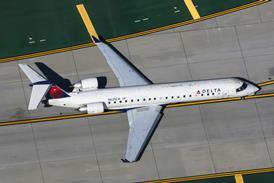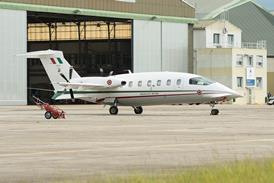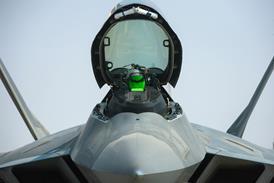EMMA KELLY / MUNICH
European giant establishes technology network to close gap with US competitors as it seeks more government cash
EADS is focusing on five research and technology (R&T) "clusters" as it seeks to close technology and funding gaps between Europe and the USA.
Jean-Marc Thomas, EADS senior vice-president industrial/R&T and chief technology officer, says the five areas of focus are:
advanced materials and structures, which includes advanced manufacturing technologies; environmentally friendly airframes and high-performance vehicles, such as noise reduction developments and high-speed propulsion; integrated smart products, including microwave, radar and optics technologies; robust intelligent systems, in image processing and modular avionics, for example; virtual production engineering, such as virtual reality and concurrent engineering.EADS's R&T budget in 2001 was €404 million ($355 million), says Thomas. Of this, €148 million went towards advanced materials and structures, €76 million was invested in friendly airframe programmes, integrated smart products received €48 million, while robust intelligent systems received €96 million. Virtual production engineering research received €36 million.
EADS competitor Boeing is investing in the same areas, but Thomas says the US manufacturer spends five times more than the European group - $2-$2.5 billion a year - and benefits far more from government support.
Technological innovation has been a key factor in the success of EADS products, says Jean-Louis Gergorin, executive vice-president, head of strategic co-ordination, pointing to its use of composites, from the Dassault Mirage 2000 fin to the ATR 72 outer wing box and the Airbus A340-500/600 carbon keel beam; and Airbus fly-by-wire developments. To maintain innovation EADS has established a group-wide R&T network which is designed to allow EADS companies to identify technologies that could have wider applications group-wide.
Research centres have been set up in France and Germany, with a third to come in Spain. Benefits are already being accrued, the company says. Airbus, for example, is set to use automated fibre placement pioneered by EADS Casa Espacio.
Gergorin believes that European research and development has been "far more cost effective than in the USA", but a great US strength is its "very well organised agencies to focus research and development funding". He suggests Europe is weak in military R&T, including space and stealth technology, and calls for the creation of a European defence research and development agency to lead defence R&T.
Source: Flight International























